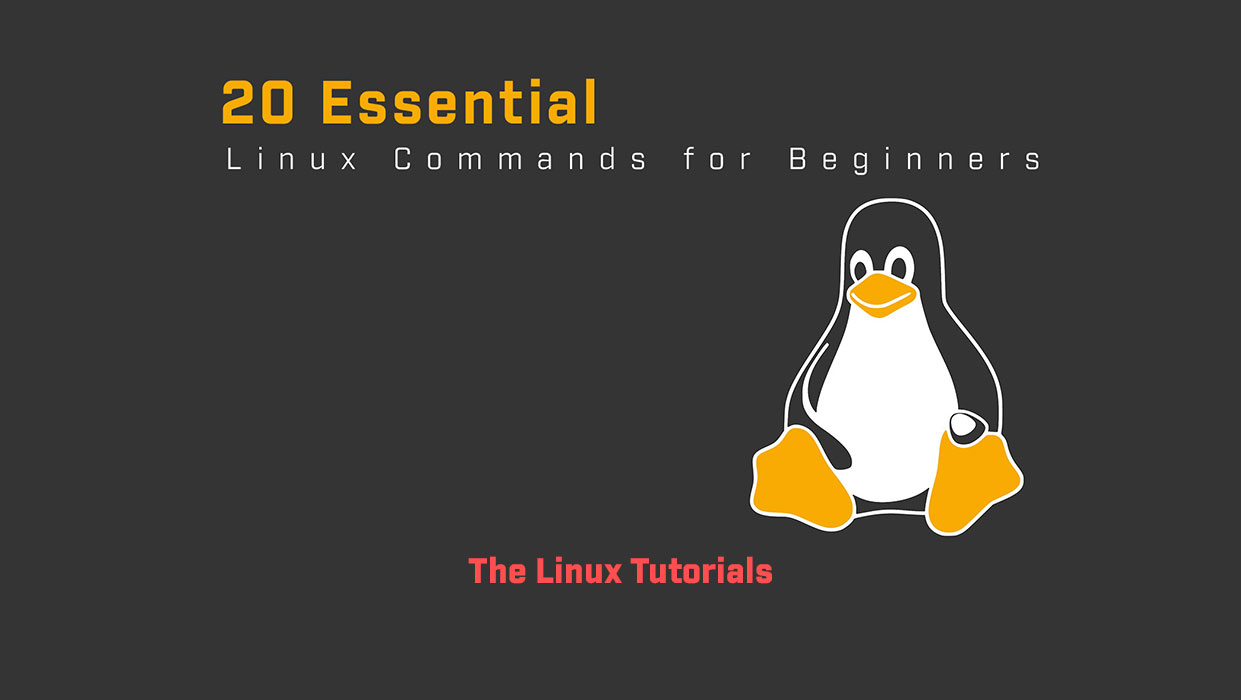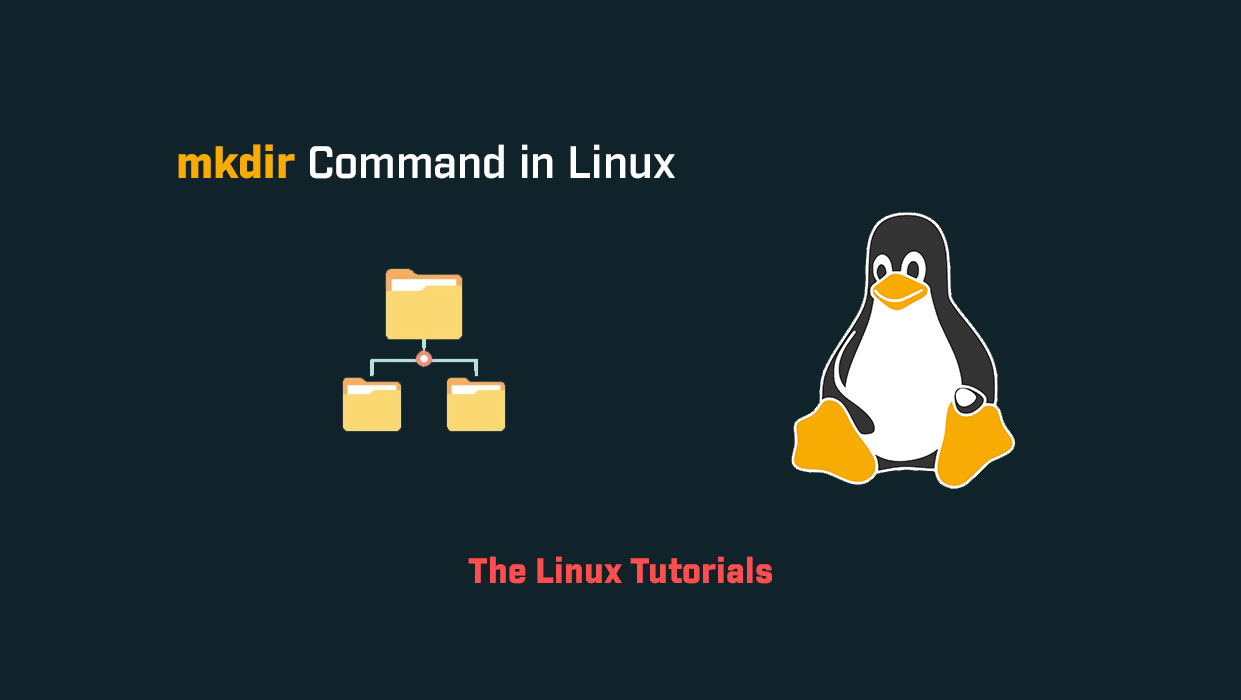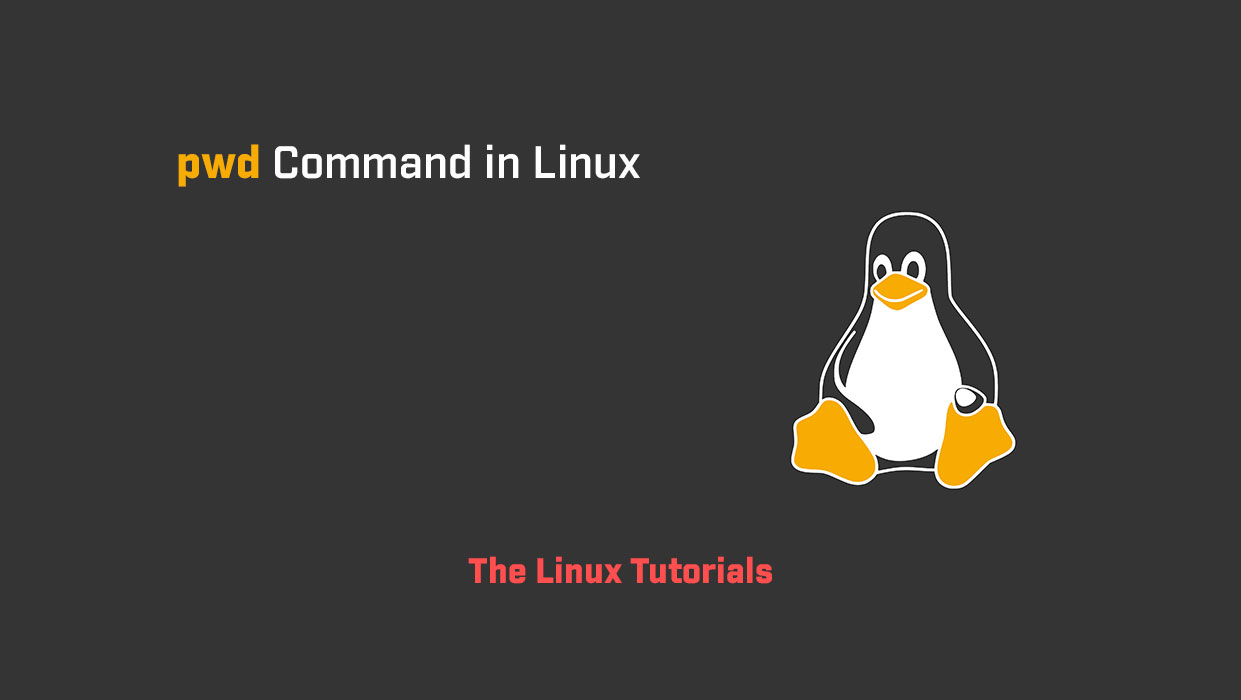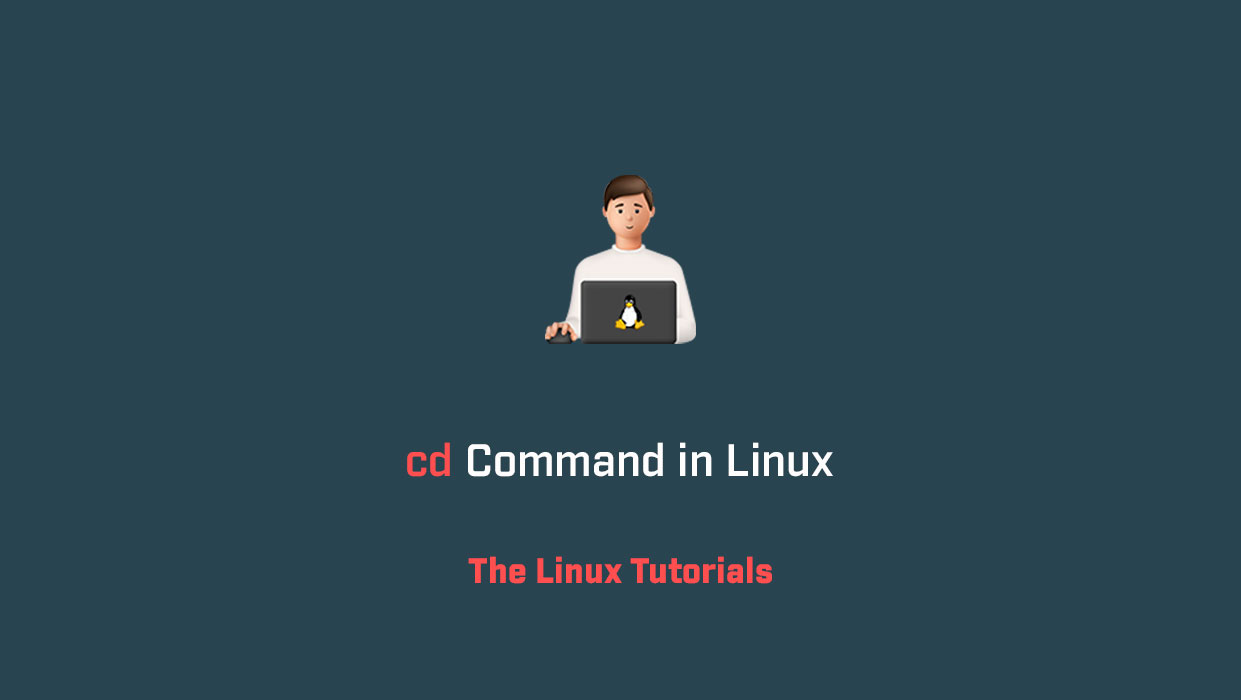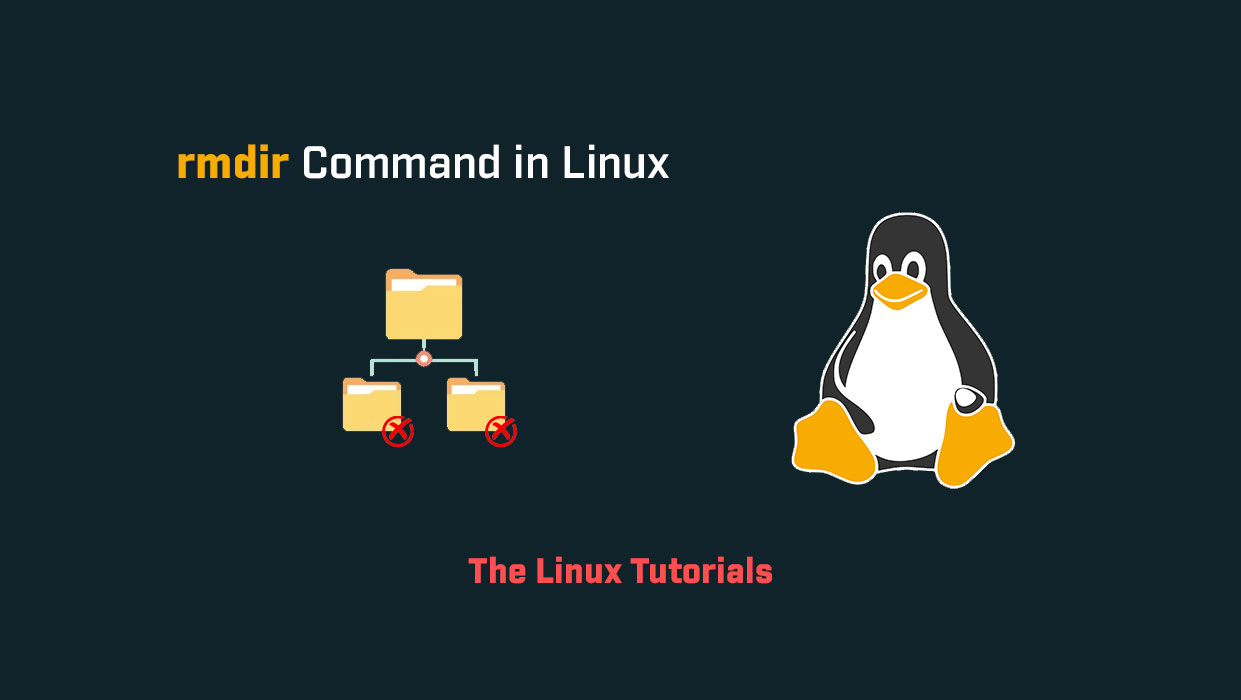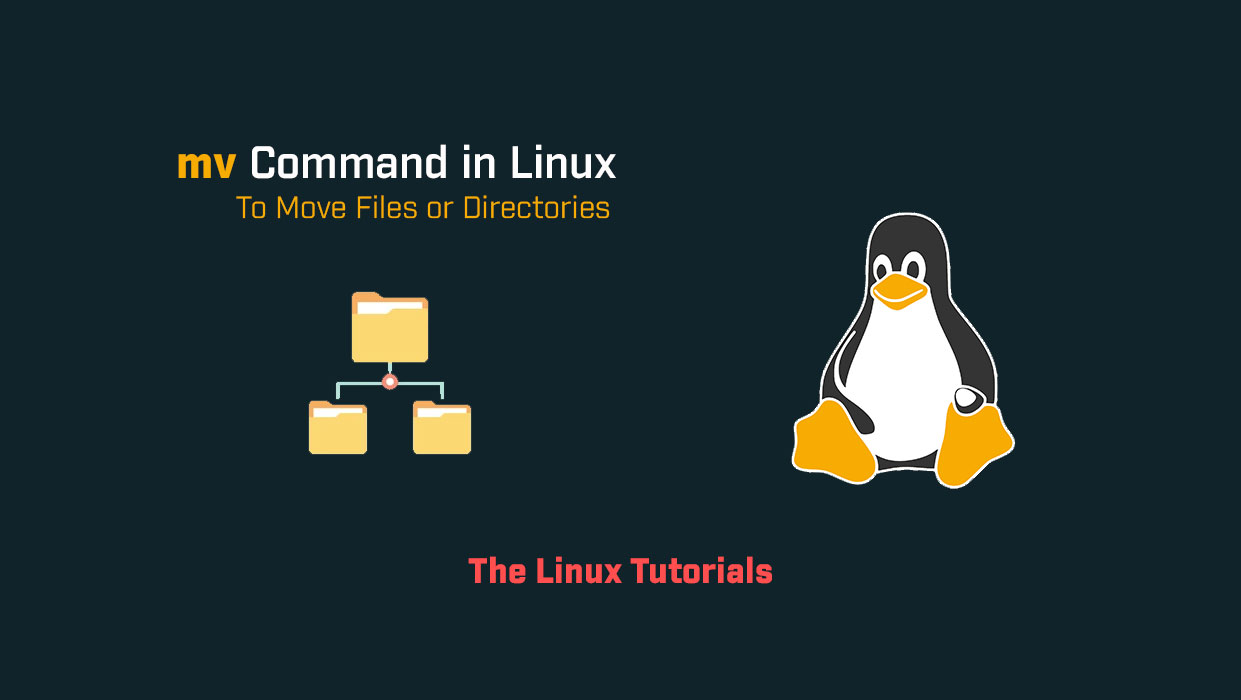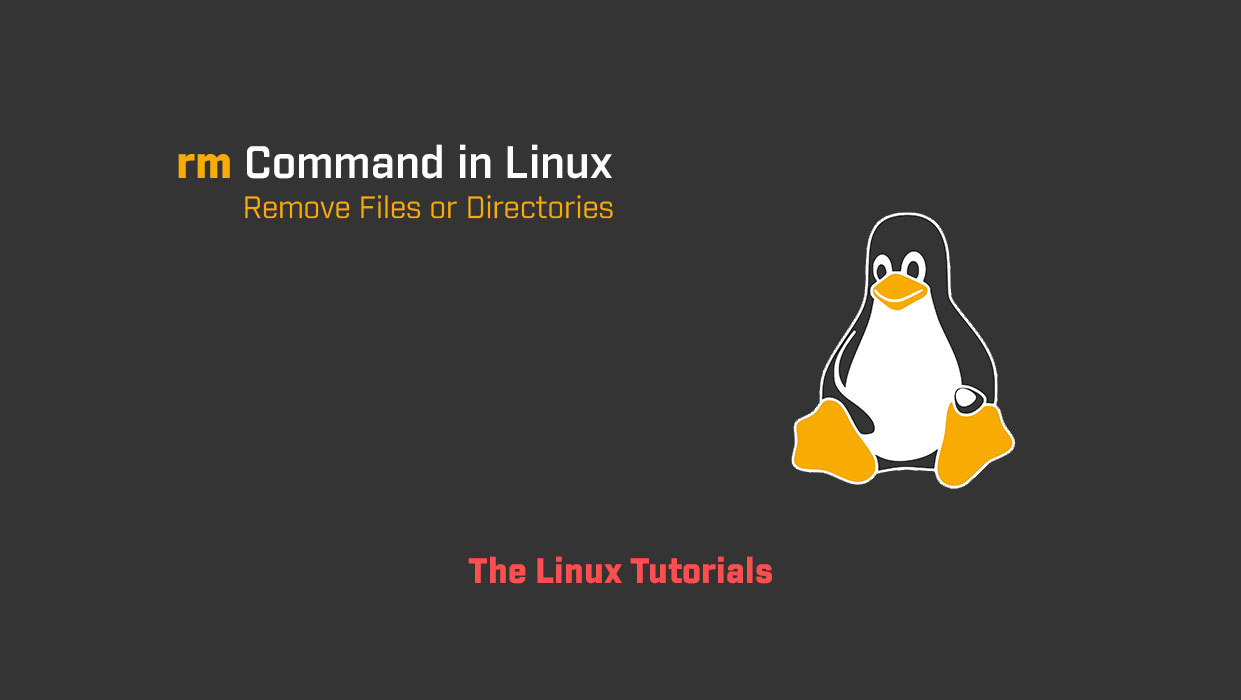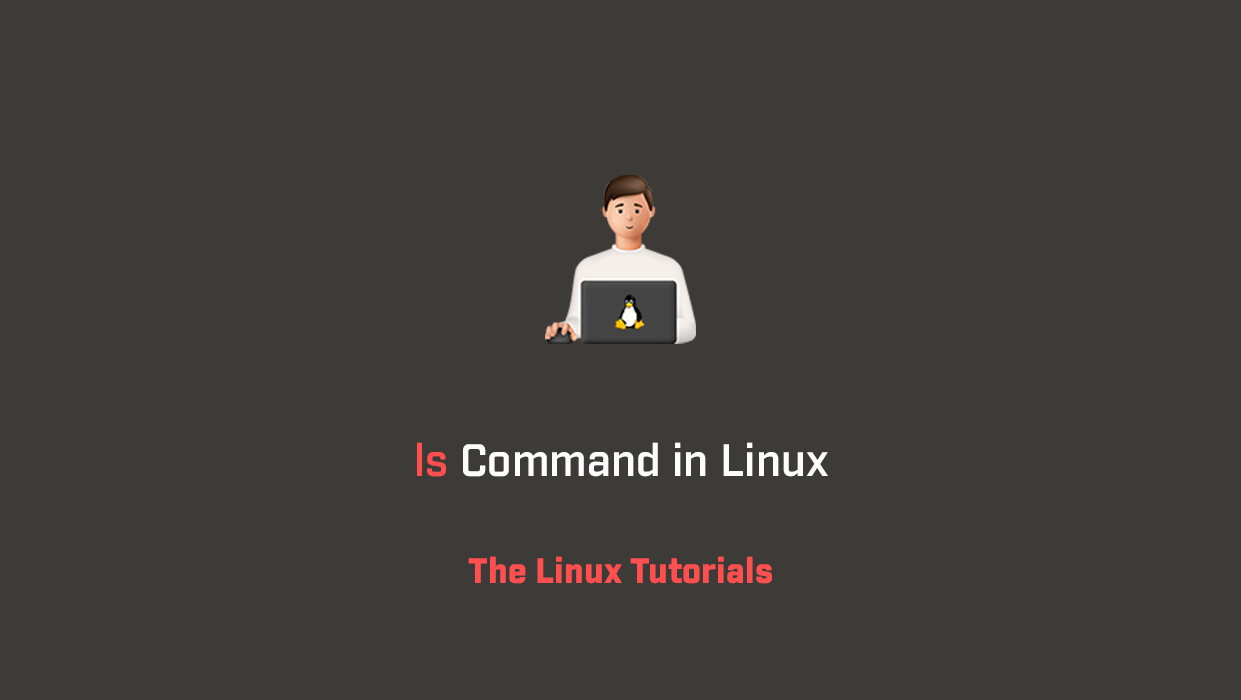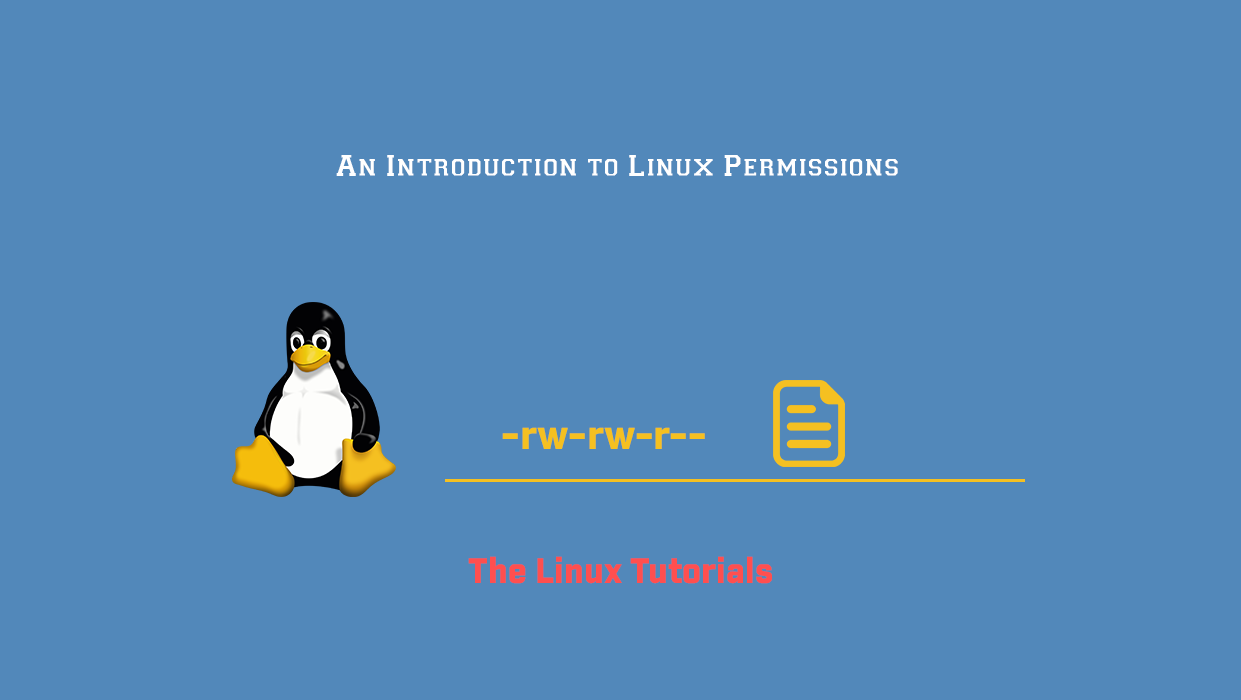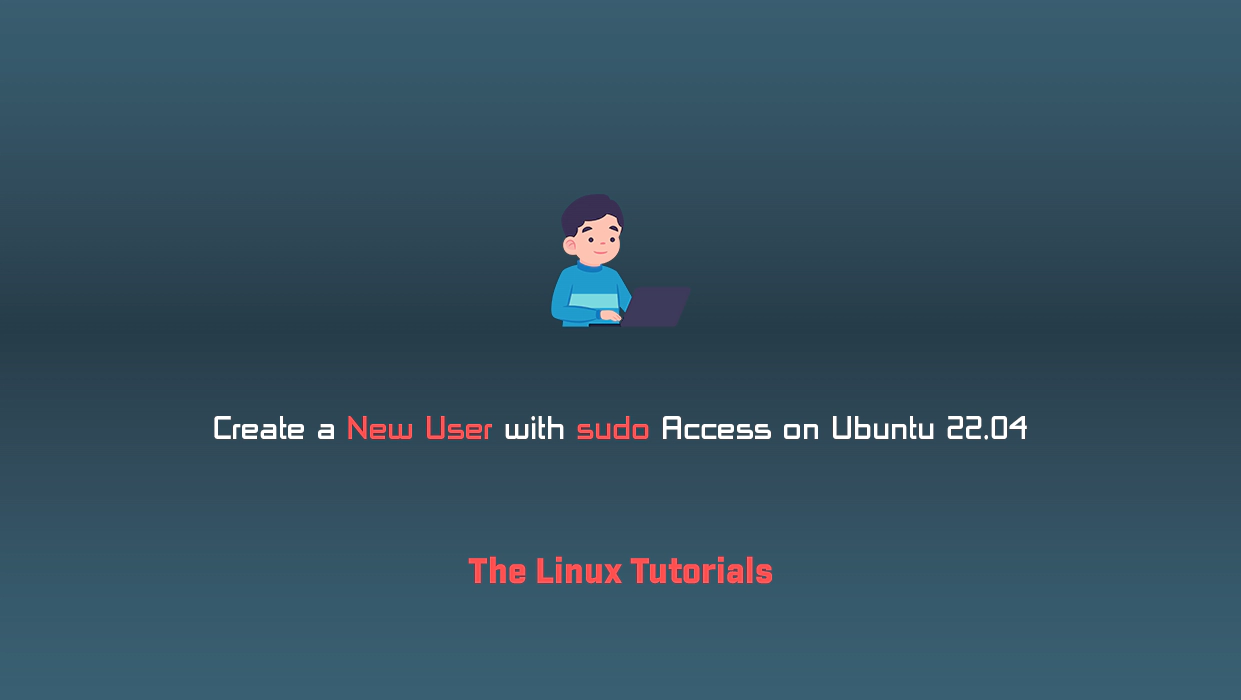Linux is a popular operating system that is widely used in various industries, including web development, software engineering, and data analysis. One of the significant advantages of using Linux is its command-line interface, which allows users to interact with the system directly using commands. However, for beginners, the Linux command line interface can be overwhelming. […]
